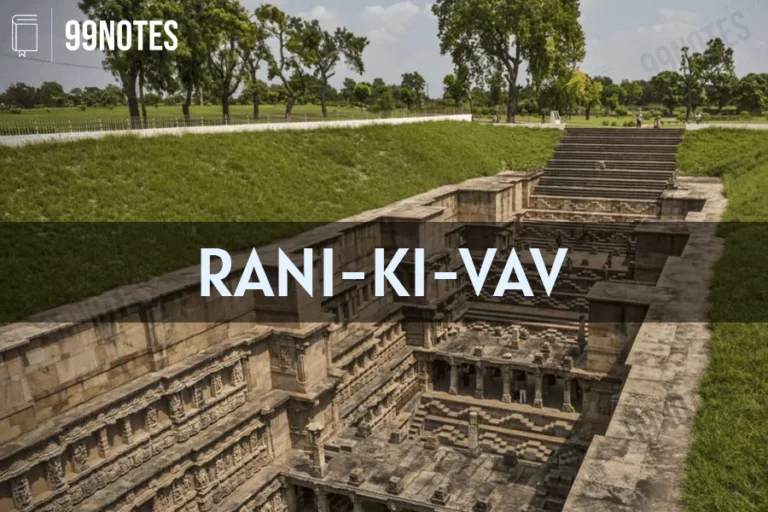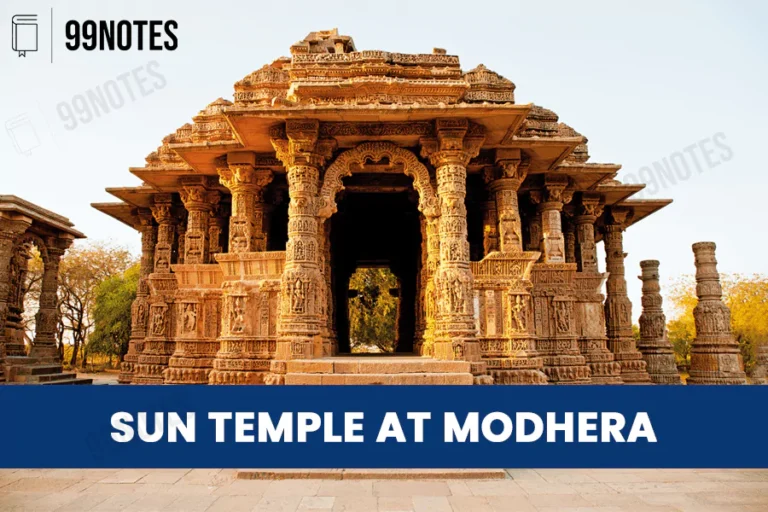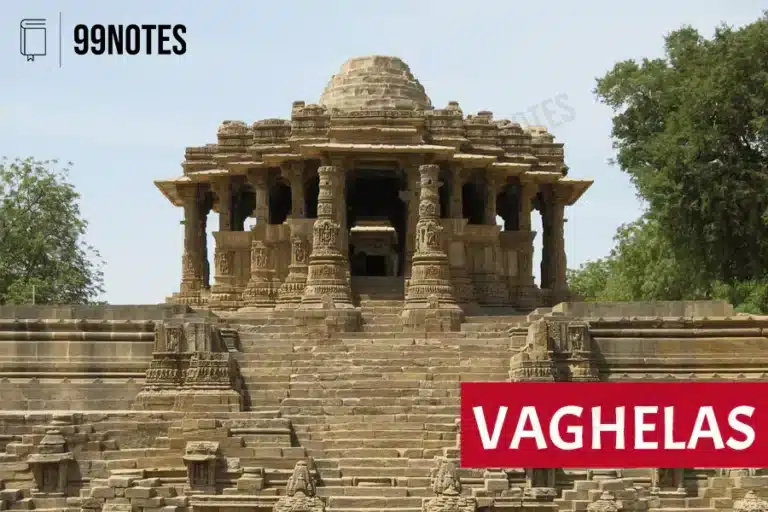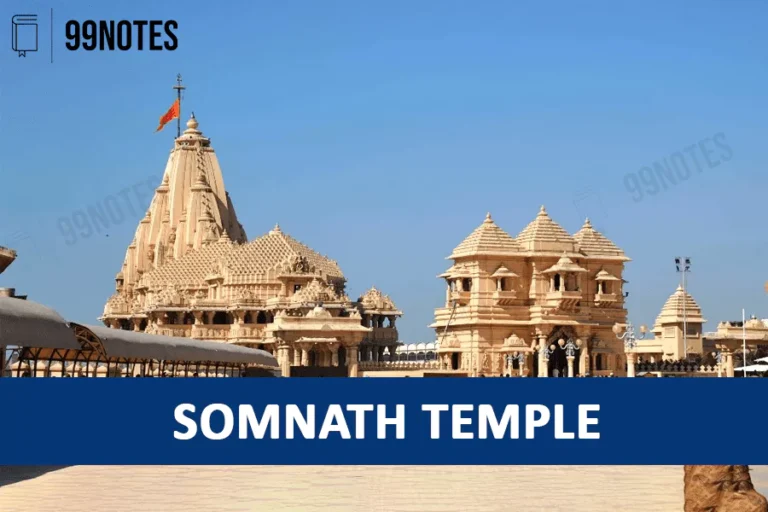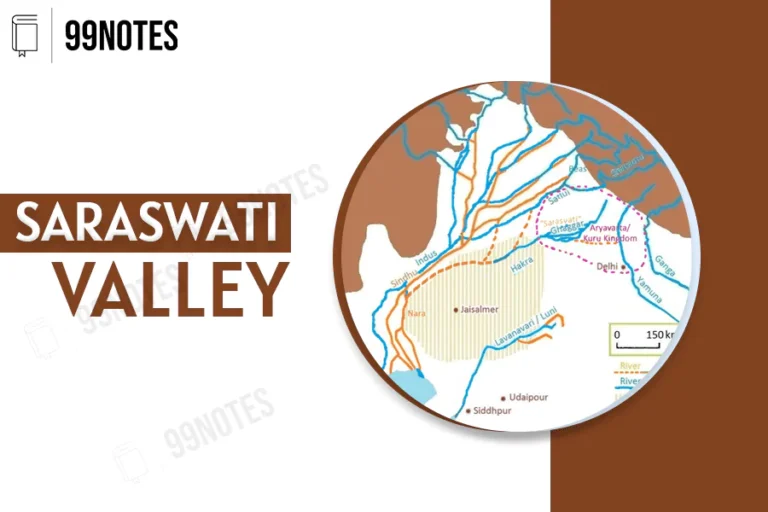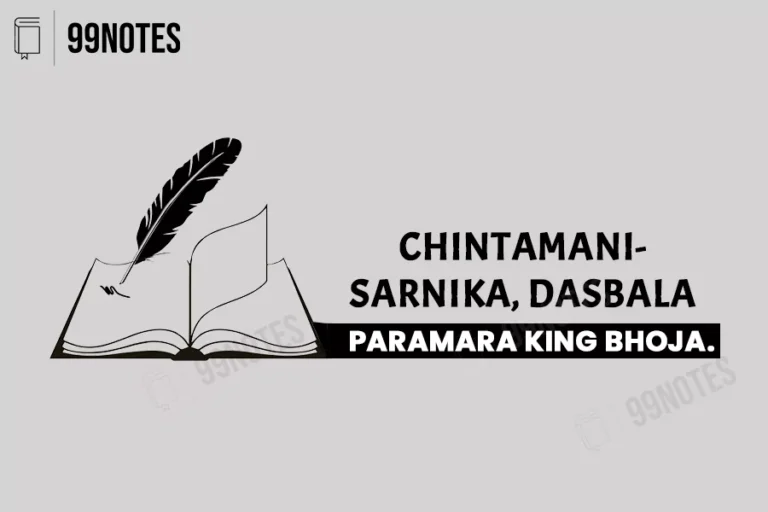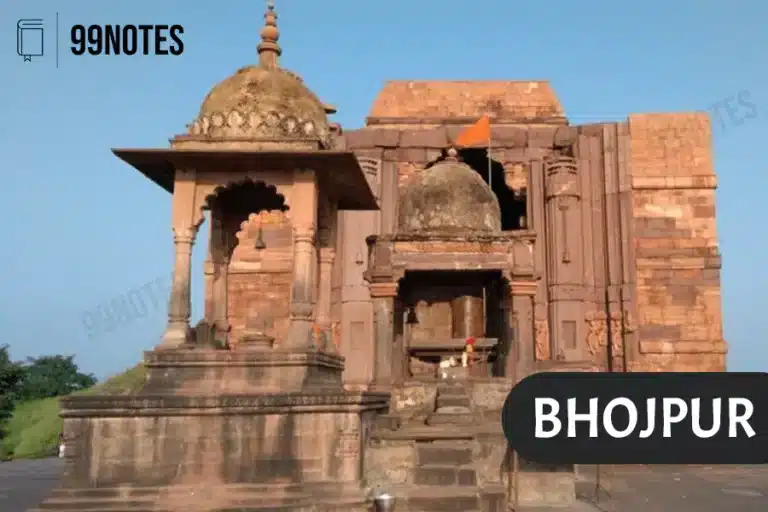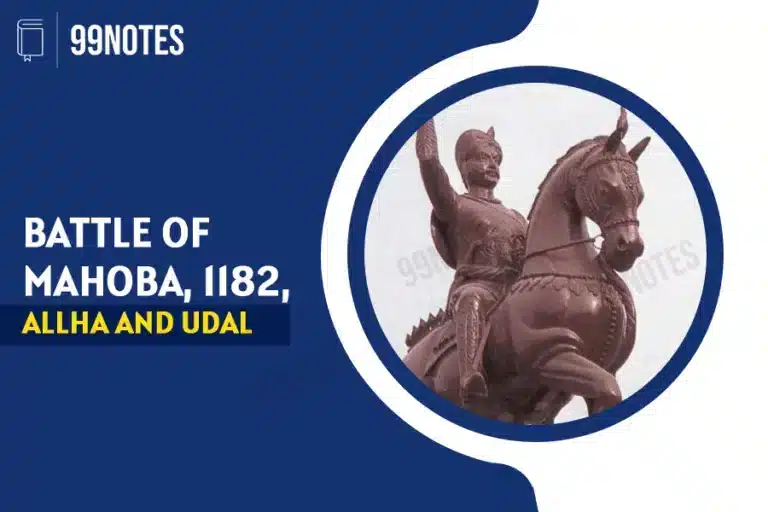Rani-ki-vav
Rani-ki-vav, or ‘Queen’s stepwell’, is located in the Patan district in Gujarat. Udyamati, the wife of Bhima I, the Chaulukyan king, constructed it. This account has been mentioned in work Prabandha-Chintamani of the Jain monk Merutunga in 1304 CE. It was accorded the status of UNESCO World Heritage Site in 2014. It is located on…

